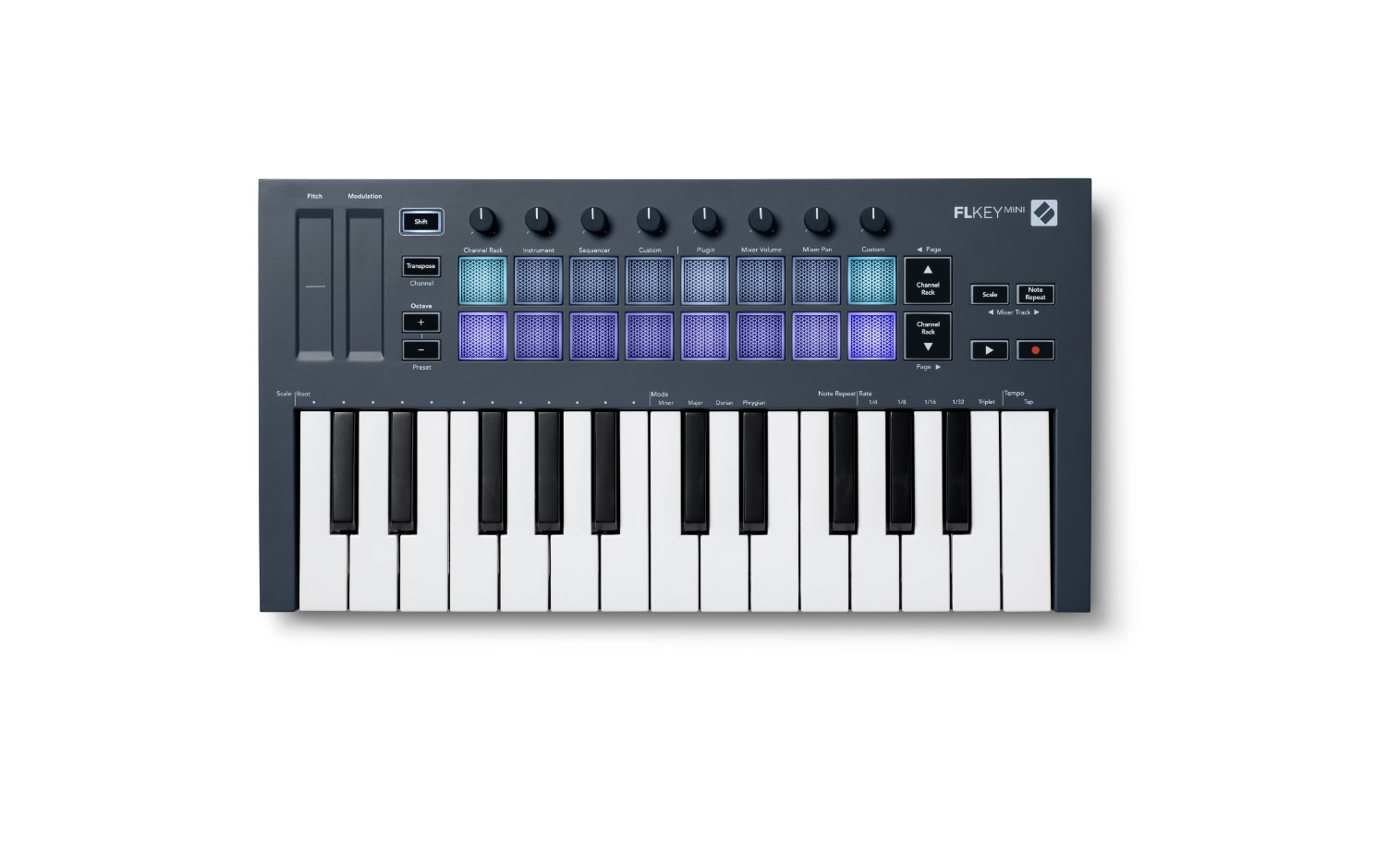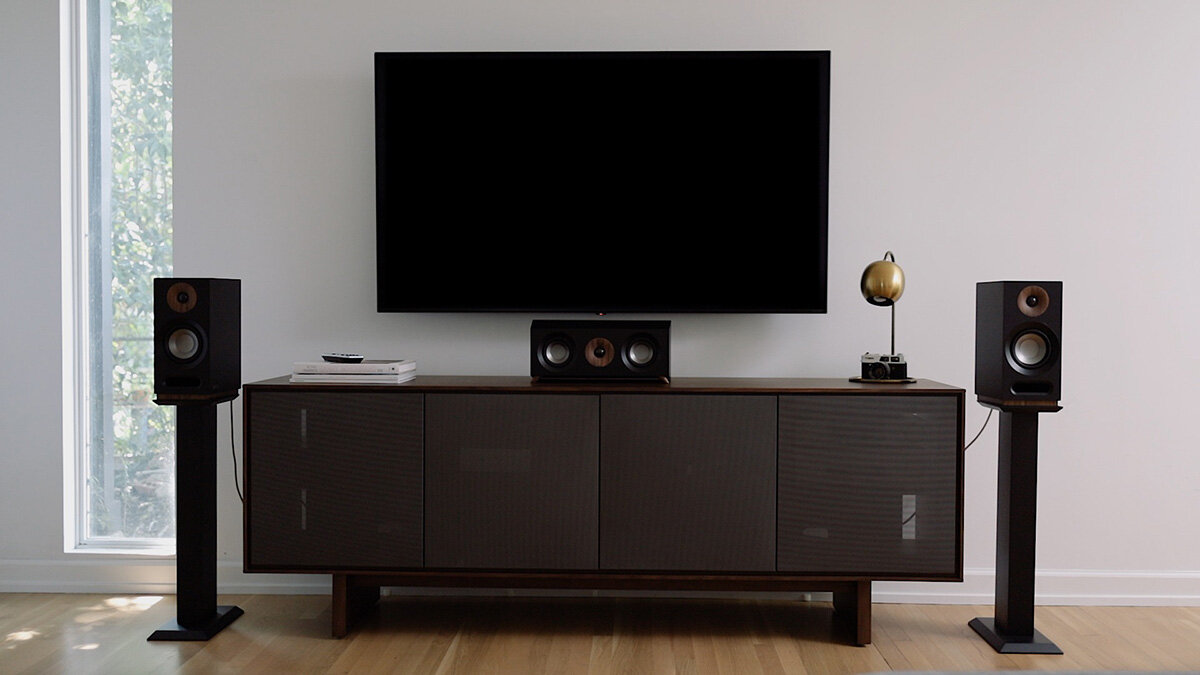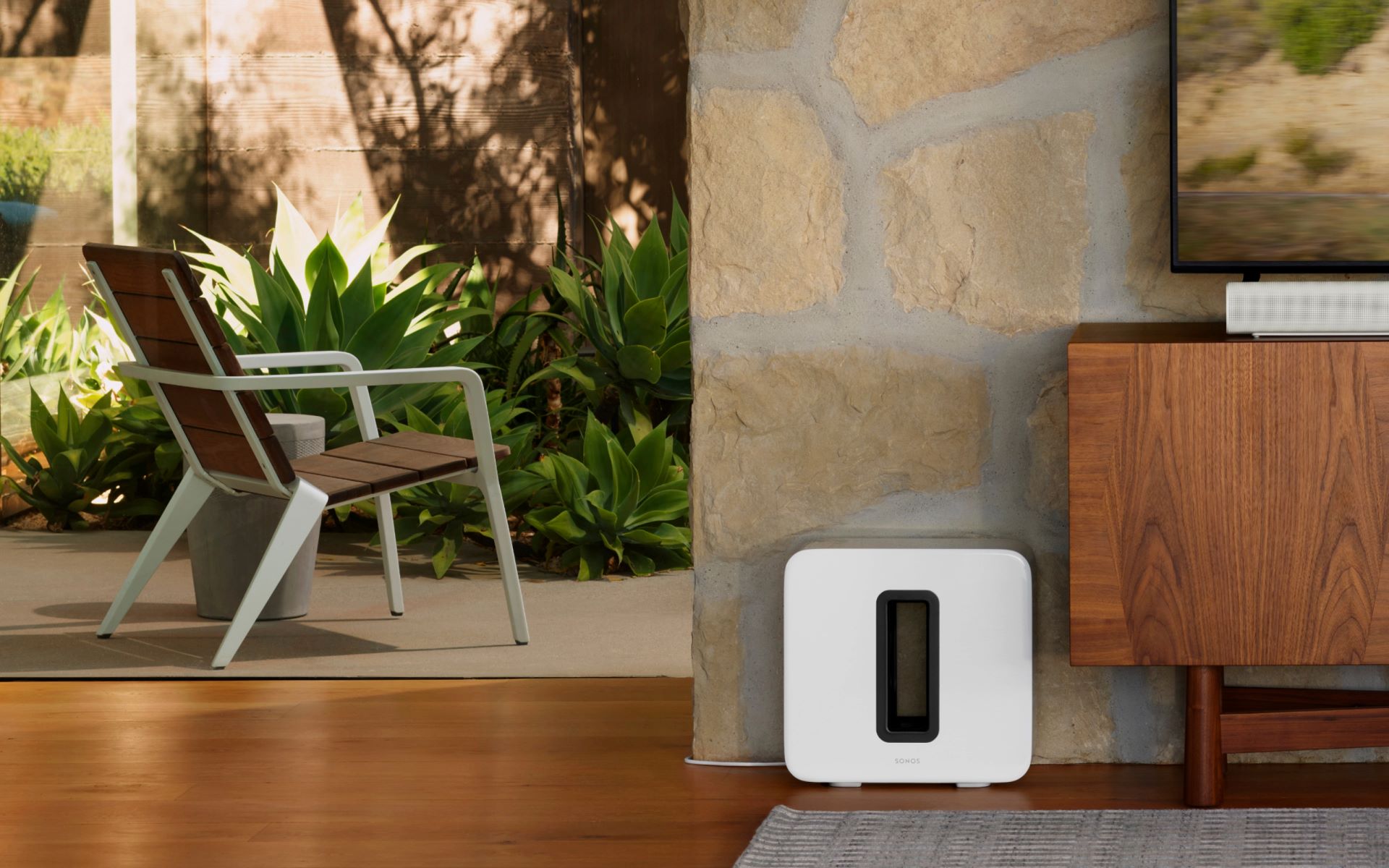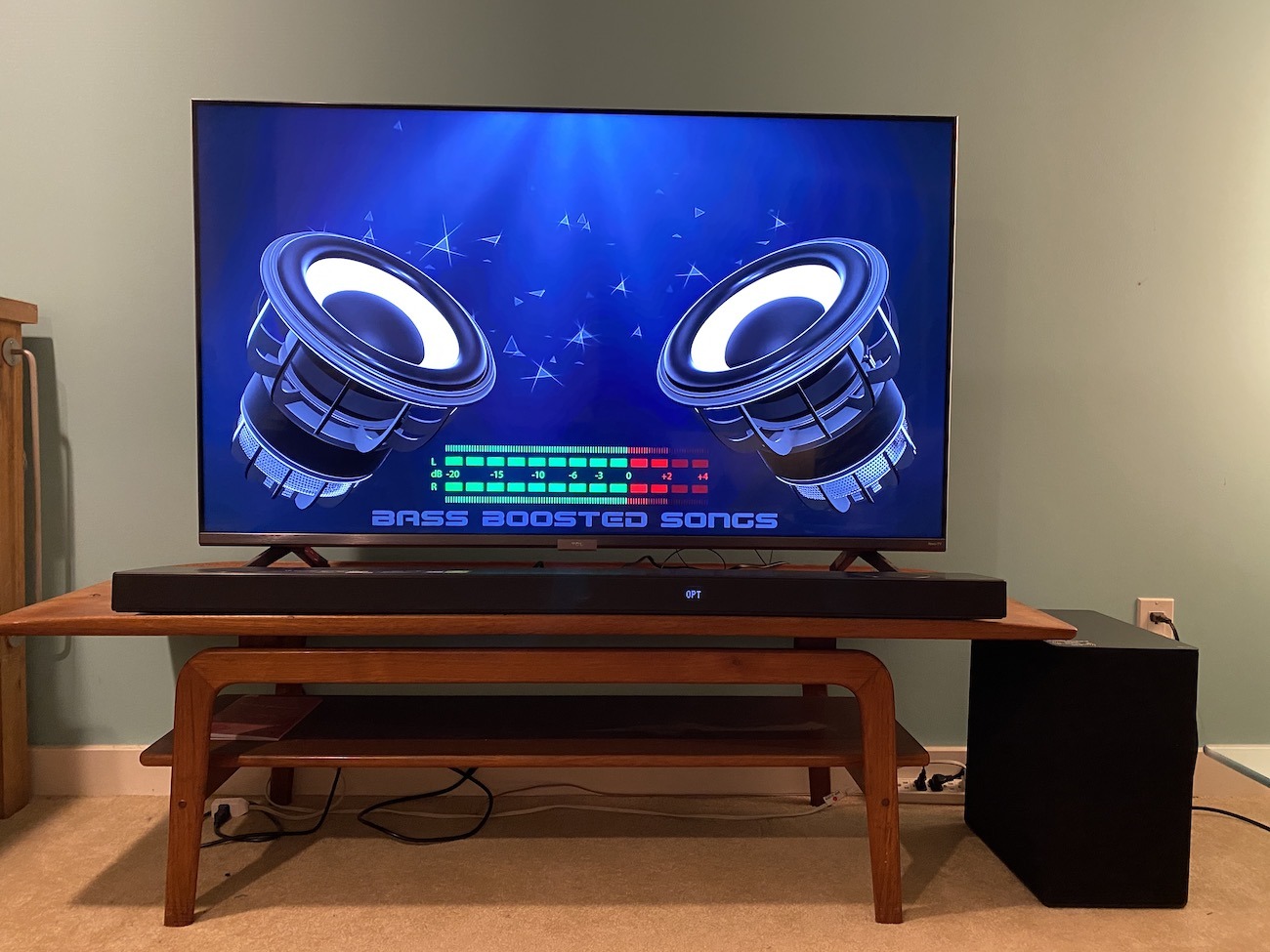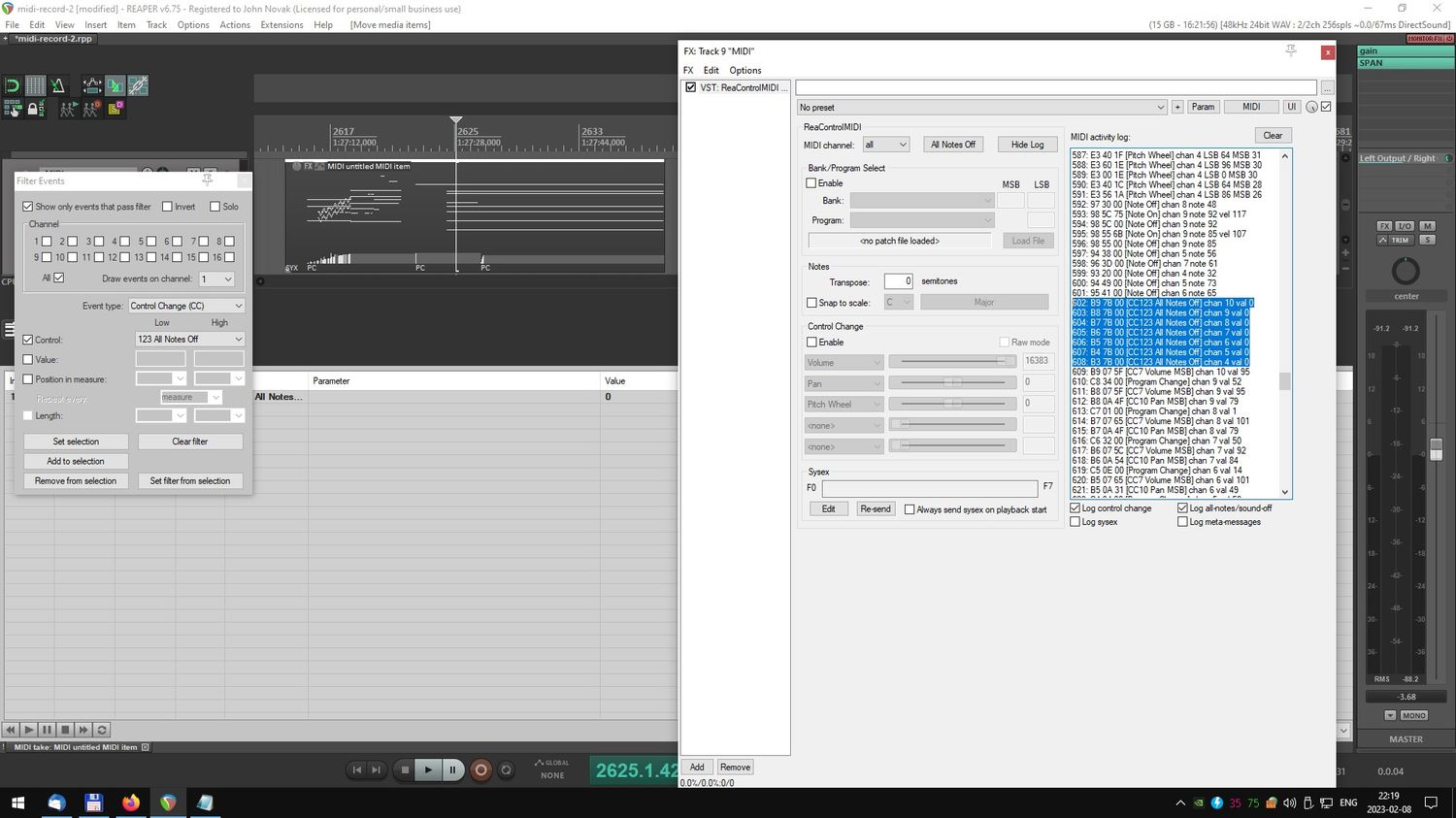Home>Instruments>Drums>How To Set Up Drums


Drums
How To Set Up Drums
Modified: February 16, 2024
Learn how to set up drums with our comprehensive guide. Get expert tips on assembling and positioning drums for optimal sound and performance.
(Many of the links in this article redirect to a specific reviewed product. Your purchase of these products through affiliate links helps to generate commission for AudioLover.com, at no extra cost. Learn more)
Table of Contents
Introduction
So, you've decided to take the plunge into the world of drumming. Congratulations! Setting up your drum kit is the first step toward unleashing your rhythmic creativity and joining the ranks of legendary percussionists. Whether you're a complete beginner or a seasoned musician, the process of assembling a drum kit can seem daunting at first. However, with the right guidance and a bit of patience, you'll soon be on your way to creating thunderous beats and captivating rhythms.
In this comprehensive guide, we'll walk you through the step-by-step process of setting up your drum kit. From choosing the right drum kit to tuning the drums for optimal sound, we'll cover everything you need to know to get started. By the end of this journey, you'll not only have a fully assembled drum kit but also a deeper understanding of the intricate art of drumming.
So, grab your drumsticks, roll up your sleeves, and let's dive into the exciting world of drum setup! Whether you're aiming to rock out in a band, jam with friends, or simply hone your skills in the comfort of your own home, this guide will equip you with the knowledge and confidence to bring your rhythmic aspirations to life. Let's get ready to make some noise – in the best possible way!
Choosing the Right Drum Kit
Before diving into the physical setup, it’s essential to ensure that you have the right drum kit for your needs. The plethora of options available can be overwhelming, but understanding a few key factors will help you make an informed decision.
Consider the genre of music you intend to play. Different styles may require specific drum kit configurations. For example, jazz drummers often opt for smaller, more focused kits, while rock and metal drummers may prefer larger setups with additional toms and cymbals for a more expansive sound.
Next, assess your budget and available space. Drum kits come in various sizes and price ranges, so it’s crucial to find one that fits both your financial constraints and the physical dimensions of your practice area or performance space.
Furthermore, consider the quality of the drums and hardware. While it can be tempting to opt for the most affordable option, investing in a well-constructed drum kit with sturdy hardware will ensure longevity and a more enjoyable playing experience.
Finally, don’t overlook the importance of personal preference. Visit music stores to test different kits, paying attention to the feel and sound of the drums. A kit that resonates with you on a personal and sonic level will inspire you to play and practice more frequently.
By carefully considering these factors, you’ll be able to choose a drum kit that aligns with your musical aspirations, budget, and playing style. With the right drum kit in hand, you’ll be ready to embark on the next steps of setting up your drums and unleashing your rhythmic potential.
Setting Up the Bass Drum
The bass drum, also known as the kick drum, serves as the heartbeat of the drum kit, providing the powerful thump that drives the music forward. Proper setup and positioning of the bass drum are crucial for achieving optimal sound and playability.
Begin by placing the bass drum in the desired location, typically on the floor and resting against a cushioned or rubber base to prevent slippage. Ensure that the front (resonant) head faces outward, while the batter head (the side you strike with the pedal) is accessible from your playing position.
Once positioned, attach the bass drum pedal to the hoop of the batter head. Adjust the tension of the pedal to achieve a comfortable and responsive feel. The beater should make solid contact with the batter head without excessive force, allowing for swift rebound after each strike.
When it comes to tuning the bass drum, experimentation is key. Some drummers prefer a deep, booming sound, while others opt for a more controlled and punchy tone. Adjust the tension of the batter head using the drum key to find the desired pitch and resonance. Additionally, placing a pillow or blanket inside the bass drum can dampen excess resonance, resulting in a tighter sound.
Properly miking the bass drum can further enhance its sonic impact, especially in live performance and recording settings. A well-placed dynamic microphone inside the drum, near the beater impact point, can capture the low-end frequencies and add depth to the overall drum mix.
By paying attention to the positioning, pedal setup, tuning, and potential mic placement of the bass drum, you’ll lay a solid foundation for your drum kit’s sound. The thumping pulse of the bass drum will not only drive the music but also inspire your playing, setting the stage for a captivating rhythmic journey.
Assembling the Toms
As integral components of the drum kit, the toms contribute depth and texture to your drumming repertoire. Whether you have a single rack tom or a combination of rack and floor toms, proper assembly and positioning are essential for achieving a balanced and ergonomic setup.
Begin by mounting the rack tom(s) onto the tom holder attached to the bass drum or a dedicated tom stand. Ensure that the tom(s) are securely fastened and positioned at a comfortable height and angle for your playing style. The angle and proximity of the toms should facilitate fluid movement and effortless strikes while allowing for quick transitions between drums.
When positioning multiple toms, consider their respective pitches and the desired reach. Placing lower-pitched toms closer to the floor and higher-pitched toms above them can create a natural and intuitive drumming layout. Experiment with different configurations to find the arrangement that best suits your playing dynamics and musical expression.
Once the toms are in place, it’s time to tune them to achieve a harmonious and cohesive sound across the drum kit. Using a drum key, adjust the tension of the tom heads to produce clear and resonant tones. Consistent tuning and careful listening will help you achieve a balanced tonal range, allowing each tom to complement the others and contribute to the overall sonic tapestry.
For floor toms, ensure that they are stable and positioned within easy reach. Proper height and angle adjustment will facilitate comfortable access and seamless integration into your drumming patterns. Whether you’re unleashing thunderous fills or adding subtle accents, the floor toms should be readily accessible and responsive to your playing nuances.
By thoughtfully assembling and positioning the toms, you’ll create a dynamic and versatile drumming environment. The toms will not only expand your sonic palette but also inspire creativity and rhythmic exploration, enabling you to craft captivating drum performances with ease and expressiveness.
Positioning the Snare Drum
The snare drum holds a central role in the drum kit, providing the crisp and versatile sound that underpins a wide range of musical styles. Proper positioning of the snare drum is essential for achieving optimal playability, comfort, and sonic projection.
Begin by placing the snare drum between your legs, directly in front of your seated position. The height of the snare drum should align with your waist or slightly higher, allowing for a natural and relaxed arm position when striking the drumhead. Ensure that the snare strainer (the mechanism controlling the snare wires) is engaged to produce the characteristic snappy sound.
Adjust the angle of the snare drum to suit your playing technique and comfort. Some drummers prefer a flat or slightly angled orientation, while others tilt the snare drum toward or away from them for enhanced rebound and nuanced articulation. Experiment with different angles to find the positioning that facilitates effortless and precise snare drum play.
When it comes to tuning the snare drum, focus on achieving a balanced and responsive sound. Use the drum key to adjust the tension of the top (batter) head and the bottom (snare-side) head. Finding the sweet spot where the drum produces a crisp and articulate crack while maintaining sensitivity to ghost notes and subtle accents is key to unlocking the snare drum’s expressive potential.
Consider the placement of the snare drum within the overall drum kit configuration. Positioning the snare drum centrally allows for seamless integration with the bass drum and toms, enabling fluid transitions between various drumming elements. Additionally, ensure that the snare drum is within comfortable reach, allowing for quick and precise snare hits as well as effortless engagement of drumming rudiments and techniques.
By thoughtfully positioning and tuning the snare drum, you’ll create a responsive and expressive centerpiece for your drumming endeavors. The snare drum’s versatile sound and dynamic responsiveness will not only anchor your rhythmic performances but also inspire creativity and musical exploration, elevating your drumming to new heights of expression and artistry.
Mounting the Cymbals
Mounting cymbals in a manner that allows for optimal playability and sonic expression is a crucial aspect of drum kit setup. Whether you have a diverse array of cymbals or a minimalist selection, thoughtful placement and secure mounting will enhance your drumming experience and sonic versatility.
Begin by selecting the cymbals that best complement your playing style and musical preferences. Consider the sonic characteristics and functions of various cymbal types, such as crashes, rides, hi-hats, and effects cymbals. Each cymbal serves a distinct purpose, from providing explosive accents to delivering shimmering washes and intricate ride patterns.
When mounting the cymbals, prioritize stability and adjustability. Cymbal stands with sturdy bases and flexible positioning options are essential for achieving the desired height, angle, and proximity to your drumming position. Experiment with different cymbal placements to find configurations that facilitate fluid and ergonomic access while allowing for expressive cymbal strikes and nuanced playing techniques.
Consider the sonic interactions between cymbals and drums when positioning your cymbal setup. Placing crashes within easy reach for impactful accents and seamless transitions, positioning the ride cymbal at an ergonomic height for comfortable and controlled ride patterns, and adjusting the hi-hats to enable precise foot control and articulate chick sounds are pivotal for creating a cohesive and responsive cymbal array.
Once the cymbals are mounted, fine-tune their positioning and angles to suit your playing dynamics and musical expression. The ability to effortlessly transition between different cymbals and execute a wide range of techniques, from delicate splashes to thunderous crashes, hinges on the thoughtfulness and precision of their mounting and placement.
Additionally, consider the use of cymbal accessories, such as felt washers, sleeves, and wing nuts, to optimize the sound and stability of your cymbal setup. These small yet impactful components can mitigate unwanted vibrations, protect cymbal edges, and ensure secure mounting, contributing to a more refined and reliable cymbal performance.
By meticulously mounting and positioning your cymbals, you’ll create a dynamic and responsive sonic palette that enriches your drumming endeavors. The thoughtfully arranged cymbal setup will not only facilitate seamless integration with your drum kit but also inspire creative exploration and elevate your rhythmic performances to new heights of expression and musicality.
Adjusting the Drum Throne
The drum throne, often overlooked yet vital to a drummer’s comfort and performance, plays a pivotal role in maintaining proper posture, stability, and endurance during extended playing sessions. Adjusting the drum throne to suit your body and playing style is essential for fostering a healthy and ergonomic drumming experience.
Begin by setting the height of the drum throne to achieve a balanced and natural sitting position. Your thighs should be parallel to the ground, with your knees forming a right angle or slightly sloping downward. This posture promotes proper weight distribution and allows for unrestricted movement and foot control when operating the bass drum pedal and hi-hat stand.
Ensure that the drum throne provides ample support and cushioning for extended playing sessions. A well-padded seat with sufficient width and depth will enhance comfort and reduce fatigue, enabling you to focus on your drumming performance without discomfort or distraction.
Consider the swivel and tilt functions of the drum throne. The ability to swivel smoothly and adjust the seat’s tilt angle allows for effortless reach across the drum kit and facilitates comfortable access to various drums and cymbals. Experiment with different seat angles to find the positioning that aligns with your playing dynamics and ergonomic preferences.
When adjusting the drum throne, take into account the overall drum kit setup and your proximity to various drums and cymbals. The throne’s positioning should enable relaxed and efficient movement, allowing you to navigate the drum kit with ease and execute intricate patterns and fills without unnecessary strain or discomfort.
Furthermore, consider the flooring surface beneath the drum throne. If the drumming area is carpeted, rubberized feet or a stable base will ensure that the throne remains secure and stationary during intense playing. On hard surfaces, consider using a drum rug or nonslip mat to prevent the throne from sliding and to provide additional stability.
By meticulously adjusting the drum throne to accommodate your body, playing style, and drum kit configuration, you’ll create a supportive and comfortable foundation for your drumming endeavors. The ergonomically optimized drum throne will not only enhance your physical well-being and endurance but also empower you to unleash your rhythmic creativity with confidence and ease, allowing for uninhibited expression and musical exploration.
Tuning the Drums
Tuning the drums is a fundamental aspect of achieving a rich and balanced sound that resonates with your musical style. Whether you’re aiming for thunderous rock beats, intricate jazz patterns, or dynamic fusion grooves, the tuning process plays a pivotal role in unleashing the full sonic potential of your drum kit.
Begin by understanding the anatomy of the drum. Each drum comprises a batter head (the top drumhead struck by the drumstick) and a resonant head (the bottom drumhead that interacts with the batter head to produce sound). The tension of these drumheads determines the pitch, resonance, and overall tonal character of the drum.
Use a drum key to adjust the tension of the drumheads. Start by tapping near the edge of the drumhead to identify any uneven or dissonant pitches. Then, systematically adjust the tension rods in small increments, working in a star pattern to ensure uniform tension across the drumhead. Tuning in small increments helps prevent over-tightening and allows for precise control over the drum’s pitch.
Experiment with different tuning approaches based on your musical preferences and the desired sound for each drum. For a deeper and more resonant tone, lower the pitch of the drumhead by loosening the tension rods. Conversely, for a tighter and more focused sound, increase the pitch by tightening the tension rods. Striking a balance between the batter and resonant heads is crucial for achieving a harmonious and responsive drum sound.
Consider the impact of drumhead dampening on the overall sound. Adding dampening materials, such as gel pads or drumhead rings, can control excess resonance and overtones, resulting in a more controlled and focused sound. Experiment with different dampening techniques to tailor the drum’s sustain and tonal characteristics to your liking.
When tuning the snare drum, pay particular attention to achieving a crisp and sensitive response. Fine-tune the tension of the snare wires to achieve a balanced blend of snare sensitivity, articulation, and resonance. Adjust the snare wire tension and the throw-off mechanism to find the sweet spot that complements your playing dynamics and musical expression.
By dedicating time to tuning each drum to perfection, you’ll unlock the full sonic potential of your drum kit, enabling you to craft expressive and captivating rhythmic performances. The art of drum tuning not only enhances the sound of individual drums but also fosters a cohesive and harmonious sonic landscape, empowering you to explore a diverse range of musical styles and rhythmic textures with confidence and creativity.
Conclusion
Congratulations on completing the comprehensive journey of setting up your drum kit! From selecting the right drum kit to fine-tuning each drum and cymbal, you’ve embarked on an enriching and empowering process that will shape your drumming experience and musical journey.
By carefully choosing a drum kit that aligns with your musical aspirations, budget, and playing style, you’ve laid a solid foundation for your rhythmic endeavors. The thoughtful assembly and positioning of the bass drum, toms, snare drum, and cymbals have created a dynamic and ergonomic drum kit setup that inspires creativity and facilitates expressive drumming.
Adjusting the drum throne to provide optimal support and comfort ensures that you can unleash your rhythmic potential without physical strain or limitations. Additionally, the art of drum tuning has endowed your drums with rich, balanced, and responsive sounds, allowing for a diverse range of sonic textures and musical expressions.
As you embark on your drumming journey, remember that the setup and tuning of your drum kit are not merely technical tasks but transformative processes that shape your playing experience and musical identity. Embrace the nuances of your drum kit, experiment with different setups and tunings, and allow your rhythmic creativity to flourish within the versatile and expressive realm of percussion.
Whether you’re honing your skills in the practice room, performing on stage, or collaborating with fellow musicians, your meticulously crafted drum setup will serve as the canvas for your rhythmic artistry. Let your drum kit resonate with your passion, creativity, and musical vision, and may your rhythmic journey be filled with boundless inspiration and captivating performances.
Now, grab your drumsticks, take a seat behind your finely tuned drum kit, and let the rhythm carry you to new heights of musical expression and artistic fulfillment. The world of drumming awaits your unique voice and rhythmic storytelling. Let the beats begin!

